The Arunachaleswara Temple sits at the foot of the Sacred Mountain Arunachala and dominates the flat countryside of Tamil Nadu. At the base of the imposing sculptured towers of the temple, simple beggars congregate in long rows. One among them is seated, wrapped in many clothes of different sizes and colors, a country fan in one hand, the personification of disheveled splendour and yet his face shines with a divine glow.
This happy beggar, whose spontaneous laughter is infectious and joyous is Yogi Ramsuratkumar. People come to him bringing their problems and he envelops them with peace. His compassion lifts their heavy burdens. Rare are the remarkable beings who live in the conscious presence of divine grace and can distribute it selflessly to all who come to them. In Yogi Ramsuratkumar we have such a presence living today at the foot of Arunachala.
[wp_ad_camp_1]
Yogi Ramsuratkumar was born in a village near Varanasi, in North India. He was fascinated by the sacred river Ganga in an inexplicable way. Playing along the banks of the Ganga, brought him immense happiness. Even as a young boy he longed for the company of holy men, who thronged to the Ganga. Ffrom this association, the inner urge for true peace, began to produce ripples of spiritual longing. A Seemingly ordinary incident changed his outlook for good. It was the sight of the death of a bird – this brought home the message of the transitory nature of life. Slowly, God intoxication sopped his soul. One of the monks he met at this time suggested that he meet Sri Aurobindo of Pondicherry, in South India.
Sri Aurobindo’s “Lights on Yoga” widened his already mature inner vision. Merely being in Aurobindo Ashram brought Yogi into a state of divine madness. From there he was drawn to Sri Ramana Maharisi at Tiruvannamalai. The complete accessibility of Sri Ramana was a tremendous gift to Yogi Ramsuratkumar. Sri Ramana was available day and night to all the devotees. He stayed in Sri Ramanasramam for a few months and drenched himself in Sri Ramana’s all-pervading grace.
A few incidents touched him deeply. As was the habit in Sri Ramanasramam after puja was done to the Mother’s shrine, the arati plate was put before Bhagavan. One day he took Kumkum (sacred red powder) as usual from the plate. Yogi happened to be the first to take the Kumkum which Bhagavan had just touched. The mere touch of the same plate put him into an ecstatic state. On another occasion the Yogi was thrilled to witness the compassion of Sri Bhagavan. A devotee, Ekanath Rao, brought a bowl filled with various fruits cut into pieces into the hall where Bhagavan sat. Within the large bowl was a small bowl with pieces specially cut for Bhagavan. Bhagavan’s sense of equality was total and although his tolerance toward devotees was immense he would never permit anything special for himself. When Bhagavan noticed a separate bowl for himself he was annoyed and pushed the bowl roughly aside. A few pieces split on the floor and were left there. The devotee then began to distribute the fruit-pieces to all in the hall. Everyone in the hall sat with a few pieces in their hands, not wanting to eat since Bhagavan himself did not have any. Out of compassion for the devotees, Sri Ramana reached down, picked up the fruits that had fallen on the ground and began to eat. The rest of the devotees then were able to eat.
After spending these glorious days with Bhagavan Ramana, the Yogi went to the Himalayas. With the passage of time, the divine fervour that he had experienced at Aurobindo Ashram and Sri Ramana’s presence began to wane. When he heard that both Sri Aurobindo and Sri Ramana had left the body the same year he went to visit Swami Ramdas. Swami Ramdas told him to chant Ram Nam (the name of Ram – Sri Ram Jaya Ram Jaya Jaya Rarn) for 24 hours. He did this and was brought back into the state of “divine madness”.
Reminiscing on the time spent in Sri Ramana’s presence, Yogi Ramsuratkumar has said: “Once a sadhaka put a number of questions to the Maharishi. One of these questions, along with Sri Maharishi’s reply, was translated into English for the benefit of those who did not know that language like myself. The question was: ‘If the Guru dropped the body even prior to the sishya (disciple) having succeeded in his sadhana, is it necessary for the sishya to seek another Guru to guide him further on?’ The reply was: ‘Not necessary. He can continue his sadhana. Guidance and grace will flood him undoubtedly’.
When someone ventured to ask the Yogi why in that case had he gone to Swami Ramdas after Maharishi’s passing, he graciously replied: ‘I had begun to see that a Higher Power was expressing itself, using me as an instrument. Bhagavan Sri Ramana Maharishi was a principal influence in shaping this beggar to this state. After his passing away this beggar needed a Guru in the body. I did not see any conflict in going to Swami Ramdas. It was Swami Ramdas who initiated this beggar and gave him this madness! The inner life of saints like Sri Ramakrishna Paramahamsa, Sri Aurobindo, Bhagavan Sri Ramana Maharishi, and Swami Ramdas is far far removed from what we can externally perceive of them; they are not just bodies. They are ever rooted only in the Eternal infinite’.
Around Yogi Ramsuratkumar there is a fragrant atmosphere of tenderness, beauty, a perennial flow of godly love. He has found inner bliss and the radiation of that bliss to those around him is palpable; it seems almost as though one could touch it. His words may be forgotten, but never his presence and the deep impregnable power of his personality. Often after speaking or lifting a devotee’s worldly burdens he fills him with the vibrant chanting of Sri Ram Jaya Ram Jaya Jaya Ram. His sweet voice reverberates, resounds in the air. And one knows that here before him is a man who has freed himself from all the fetters of the world and lives in that divine state of union, ‘oneness’ with the entire creation.

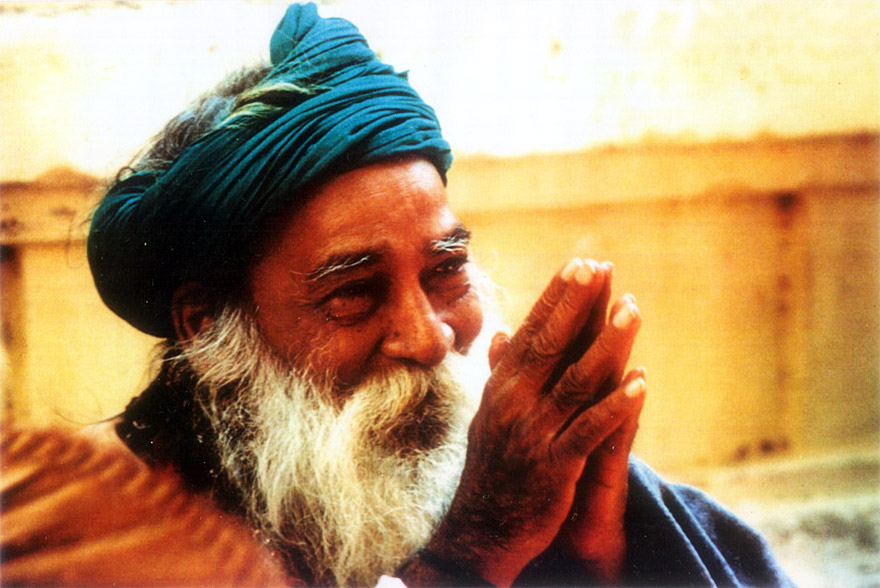
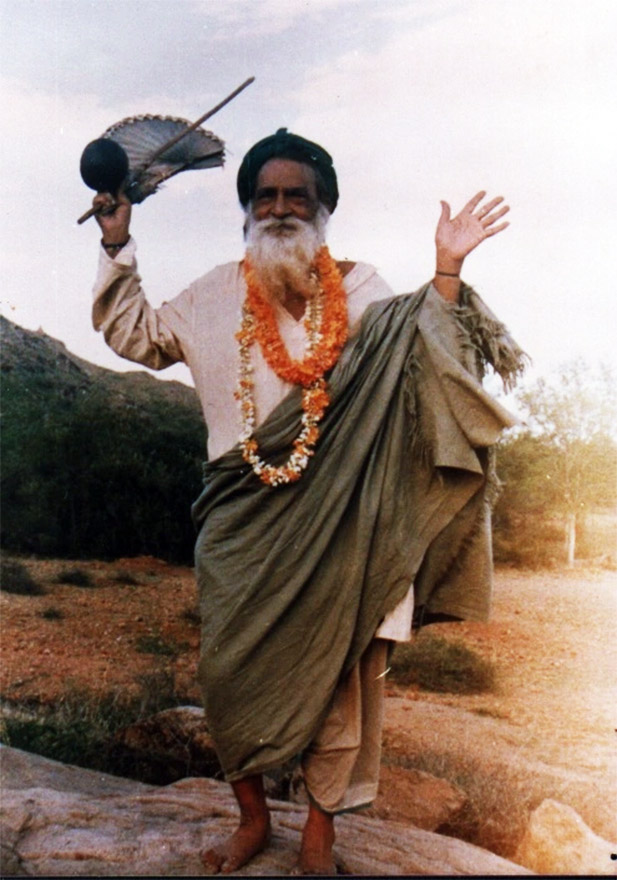
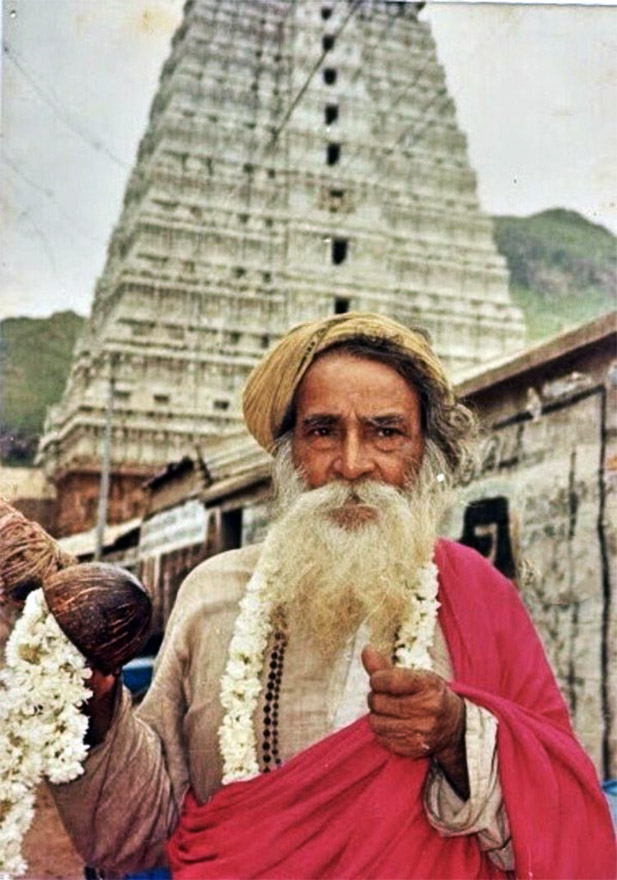
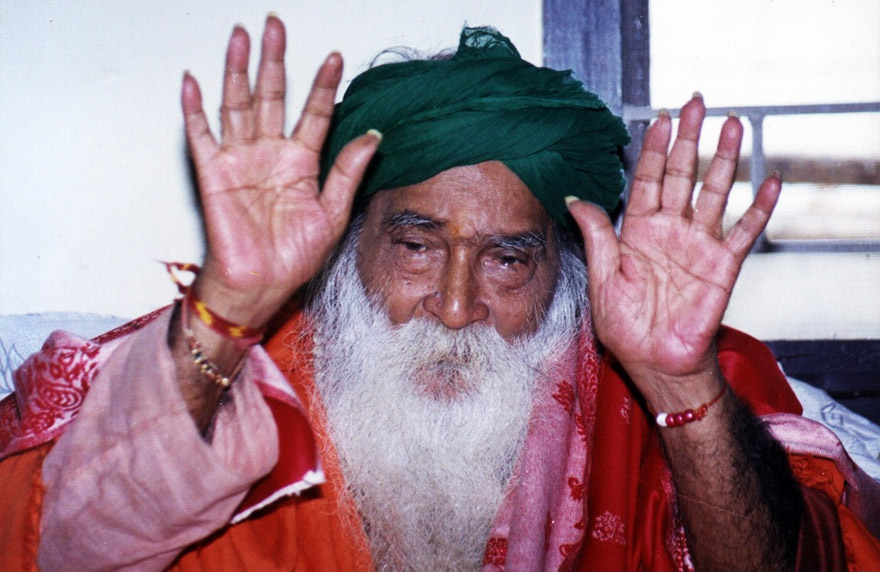
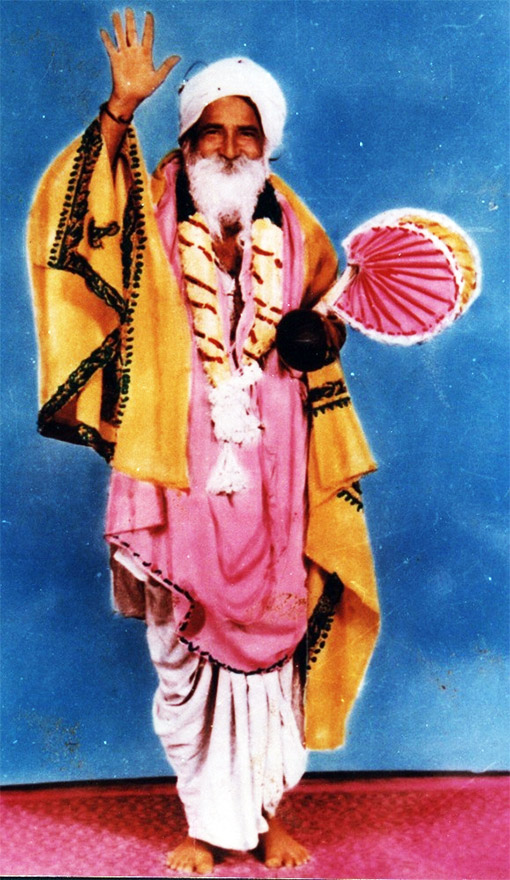

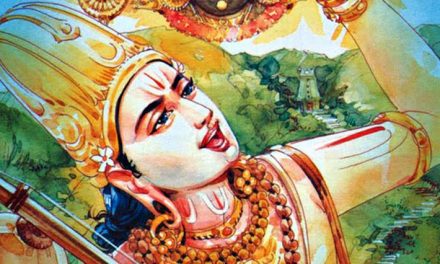
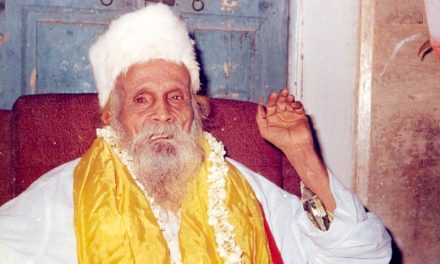









Thanks.
words are superfluous to speak of the affection I enjoyed from Sri yogi I was in 1982 December82 or Jan83 I got a chance to have darshan of Yogijiin Thiruvannamalai.At that time there were only very few visitors less tha five or six and yogi ji asked me why I came to see Him When I explained to Ji that Iwanted to co0nduct my sister’s marriage as I had to do it from my meagre earnings yogi ji blessed me that Father will bless me meaning that Arunachaleswarar will bless me and asked me to get up . after prostrating when I was about to leave the house from the sannadi street Ji accompanied me upto the gate and just at that time wanted me to wait for a few momentsw and asked me if I wanted His picture and when I said it was a blessing to have His picture from His own hands Yogiji went inside and removed His picture that was hanging behind Him and gave to me with the words KEEP THIS with you and that He will guide me . and that picture that I got in Jan1983 is still adorning my house wall my anantha kodi namaskarams to the beloved Yogi .
Om Namo Narayan
I happened to visit the ashram of yogi Ramasuratkumar at Tiruvennamalai. ( that was some time in Dec 2010 while basically I went to visit Bhagwan Ramanashram). On that day the ashram was reverberating with chanting ” Yogi Ramasuratkumar, yogi Ramasuratkumar, Yogi Ramasuratkumar Jaya guru raya. ” The ambience was highly spiritual . Through people present there, I learnt about Yogi Ramasuratkumar and his mystical powers. Indeed an experience
As stated if the Mantram SRI RAMA JAYA RAMA JAYA JAYA RAMA is chanted continuously 24 hours in a day all the 24 elements of our composition namely Pancha Bhutamulu,Dasa Indriyamulu, Pancha Pranamulu and Antah Karanam(Manasu,Buddi,Chittam and Ahamkaram would be spiritually activated and they correspond to the 24 Kesava Namamulu which we utter as part of sankalpam before doing any worship. Secondly the twenty four hours signify 24 spokes in Dharma/Kala Chakram. accordingly 24 hours of one day is the subtle form(Sukshma Rupam) of one`s life time. Prabhu Rama is Dharma Swarupam dharmam is Satyam as Dharmam protects those who protect it. Satyam is Jayam as Truth only triumphs. Hence the Mantram carries significance that Rama is Jayam..
Thus continuous chanting of Rrama Namam round the clock 24 on any day ensures Jayam(success) which is nothing but Muki to Sthula Sareeram(Hardware) , Sukshma Sareeram(Soft ware) and Karana Sareeram(Firmware) and definitely one would undergo spiritual enlightenment.
Hari OM
Exhilarating
is there any way that I can read all these in Hindi .these all are very knowledgeable .thankyou
Oh i just love this Guru!What wonderful photos of his love radiating and comforting all who come to hi, I wish i could go an dsit at his feet! Look at the photos of the lines in his hands dry interesting!
i am both heartened and melancholy seeing his fadein these photos thank you for sharing
oh P>V>AP> SWAMI thank you for the explanation i think i will try
I had the opportunity to have Darshan of the Yogi at his Kutir on Sannathi Street in the mid-eighties. He to me, looked a very quiet, withdrawn person, with a benign smile, blessing the seekers. Blessed souls are always a treat to behold and tickle our brain with the vastness of life-force, which we analyse only when we age beyond our experiences of the routine life and turn to nostalgia of quirky moments.